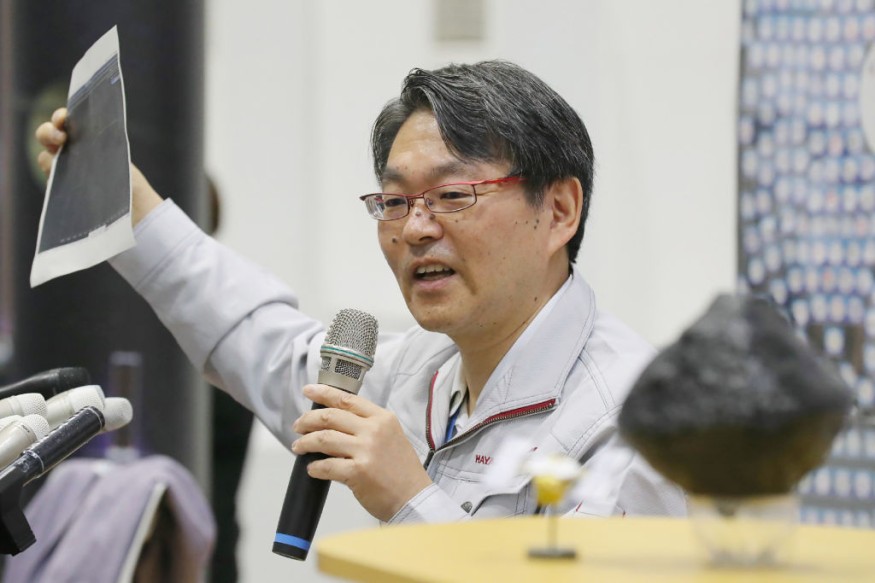The Japan Times reports that the country's education ministry has discovered the first evidence of key life molecules existing on asteroids in space after detecting over 20 amino acids in an asteroid sample brought back in 2020. It has implications for determining and understanding such vital molecules reached Earth.
The samples were from the asteroid Ryugu, about 200 million miles from Earth, collected by the Hayabusa2 spacecraft when it landed in 2019. The mission was able to bring back about 5.4 grams of samples from the subsurface and surface of the asteroid.

Hayabusa2 Mission
According to the Institute of Space and Astronautical Science under the Japan Aerospace Exploration Agency (JAXA), asteroid explorer Hayabusa2's mission is geared toward finding the origin and evolution of the Solar System and the beginnings of life. Also, the mission aims to establish deep space exploration technology.
As a sequel to the Hayabusa spacecraft, the Hayabusa2 was designed to return samples of type C asteroids and explore the origins of planets, water on Earth, and the source of life.
Basically, the Hayabusa2 mission followed its predecessor's return method and improved it a little to increase reliability so that they would be able to obtain greater accuracy and consistency.
Hayabusa2's main mission is to observe type C asteroid (162173) Ryugu, which is believed to be composed of organic matter and water from when the Solar System started to form billions of years ago. The second goal of the mission is to investigate the origin of the water on Earth and identify where the organic matter responsible for starting life originally came from.
The spacecraft arrived at asteroid Ryugu on June 27, 2018, and collected samples from the asteroid after conducting two touchdowns in 2019. the mission was able to deliver asteroid samples to Earth on Dec. 6, 2020, and then continued with its new mission, referred to as the "Extended Mission," which is expected to last for more than 10 years.
Amino Acids found in Ryugu Rock Samples
Geoscientist Hisayoshi Yurimoto from the Hokkaido University described Ryugu at the Lunar and Planetary Science Conference held in Texas in March as the most primitive material in the Solar System they have studied, Space.com reported.
An article in Gizmodo reveals that the scientists have found a number of amino acids on the rock samples that the Hayabusa2 mission took home from the distant asteroid. Amino acids are the building blocks of proteins that make essential organic molecules for life. Ancient rocks on Earth also contain them, offering the first evidence that similar molecules exist on asteroids that arrived on the planet billions of years ago.
"Our final objective is to understand how organic compounds formed in the extraterrestrial environment," geochemist Hiroshi Naraoka from Kyushu University in Japan said in a 2020 NASA release. That means analyzing amino acids, sulfur and nitrogen compounds is necessary to build a story of the types of organic molecules existing in asteroids.
Scientists believe that essential organic molecules first arrived on Earth through comet and asteroid impacts. That hypothesis is now proven by the samples coming from Ryugu. As more data is analyzed, more information will be collected about the composition of the asteroid and how it formed by comparing them to samples from asteroid Bennu.
Read also: Origin of Life on Earth: What Do DNA, RNA, and Chemical Reactions in Asteroids Have to Do With It?
Check out more news and information on Asteroids in Science Times.
© 2026 ScienceTimes.com All rights reserved. Do not reproduce without permission. The window to the world of Science Times.












